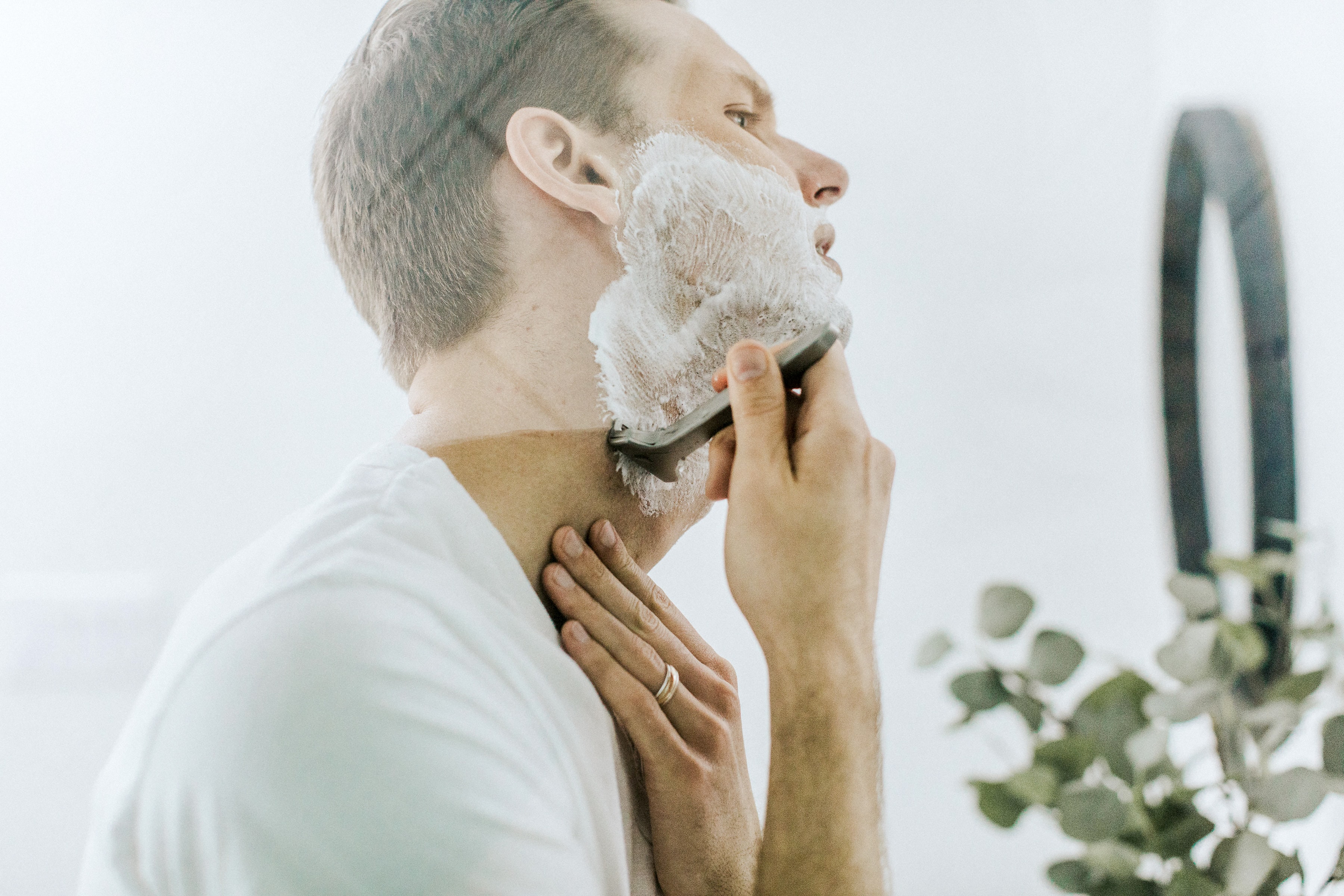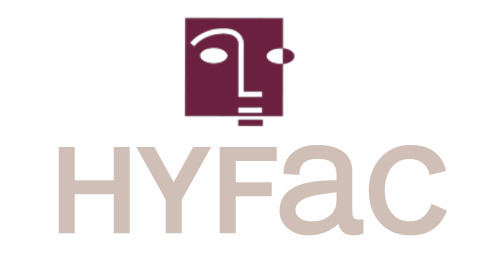SHAVING THE BEARD:
A BARRIER AGAINST COVID-19
L’épisode épidémique de Coronavirus de ce début d’année 2020 aura-t-il raison de toutes les barbes et moustaches ? Très en vogue depuis quelques années, la barbe est pourtant jugée incompatible avec le port d’un masque en cette période de crise sanitaire. En effet, elle gênerait l’étanchéité parfaite du masque autour du visage, le rendant alors moins efficace pour empêcher le passage du virus.
The President of the Association of Emergency Physicians of France, Patrick Pelloux, invited on the set of BFMTV on March 23, 2020, advised health professionals with beards to shave, stressing that the unhygienic hair can be a risk, because the virus can live in it for several hours :
For patients, the beard is embarrassing because it harbours the virus. We sneeze, cough and put our hands in contact with our mouths an average of 60 times a day.
Les soignants, médecins et tous les professionnels de santé mobilisés sont donc incités à ne pas porter de barbe ou de moustache, qui pourraient empêcher leurs masques de les protéger efficacement. Au Québec, Lucie Opatrny, la sous-ministre adjointe à la Direction générale des affaires universitaires, médicales, infirmières et pharmaceutiques (DGAUMIP) s’est ainsi adressée aux soignants en leur rappelant que “les professionnels de la santé, incluant les médecins, doivent être rasés en tout temps en cette période d’épidémie pour le port efficace des masques de protection. Il en va de la sécurité́ de l’ensemble de l’équipe soignante”.

SHAVING, AN EVERYDAY TRAUMA
Men who have lost the habit of shaving closely have skin that is less able to withstand shaving. Hence the importance of using a foam that prevents irritation, is soothing and prevents pseudofolliculitis of the beard thanks to Piroctone-Olamine.
La peau au niveau du visage se protège naturellement. Elle est recouverte par un film fait d’eau et de sébum que l’on appelle le hydrolipidic film. Daily shaving, if done without care, alters this protection. Just above it, a second barrier, made of keratin (the horny layer of the skin) is also damaged by the passage of the razor blade.
The natural protective shield is weakened, and defends itself less well against environmental aggression.
C’est ainsi que des sensations d’échauffement, de tiraillement apparaissent, particulièrement au moment du rasage ? C’est le “feu du rasoir”
Worse, small pimples resembling acne may appear, making you want to grow your beard again.
ADVICE FROM OUR DERMATOLOGIST
Here are a few tips to keep your daily shave from becoming a nightmare:
- Don't wait until your razor blade becomes ineffective to change it.
- Rinse and clean the blade well with alcohol before shaving.
- Before shaving, the skin must be moistened with warm water. This makes the hair easier to shave. Instead, shower before shaving by cleansing the skin with a mild cleanser such as HYFAC purifying cleansing gel.
- Now it's time for the real thing. One last manoeuvre is necessary: massaging the beard backwards to make the hair stand out.
- Shave in the direction of hair growth. The direction of the hair is not the same for all men, and varies according to the location (cheeks, chins, neck, mustache).
- After shaving, moisturize the skin with a rich moisturizing cream.
- In all cases : use a dermatological shaving foam such as the HYFAC shaving foam anti-irritations, apaisante et assainissante. Elle apaise le “feu du rasoir” tout en limitant la prolifération bactérienne et fongique (sans triclosan !).

The HYFAC soothing shaving foam est l’alliée idéale pour un rasage en douceur.




Les commentaires sont fermés, mais les trackbacks et pingbacks sont autorisé.